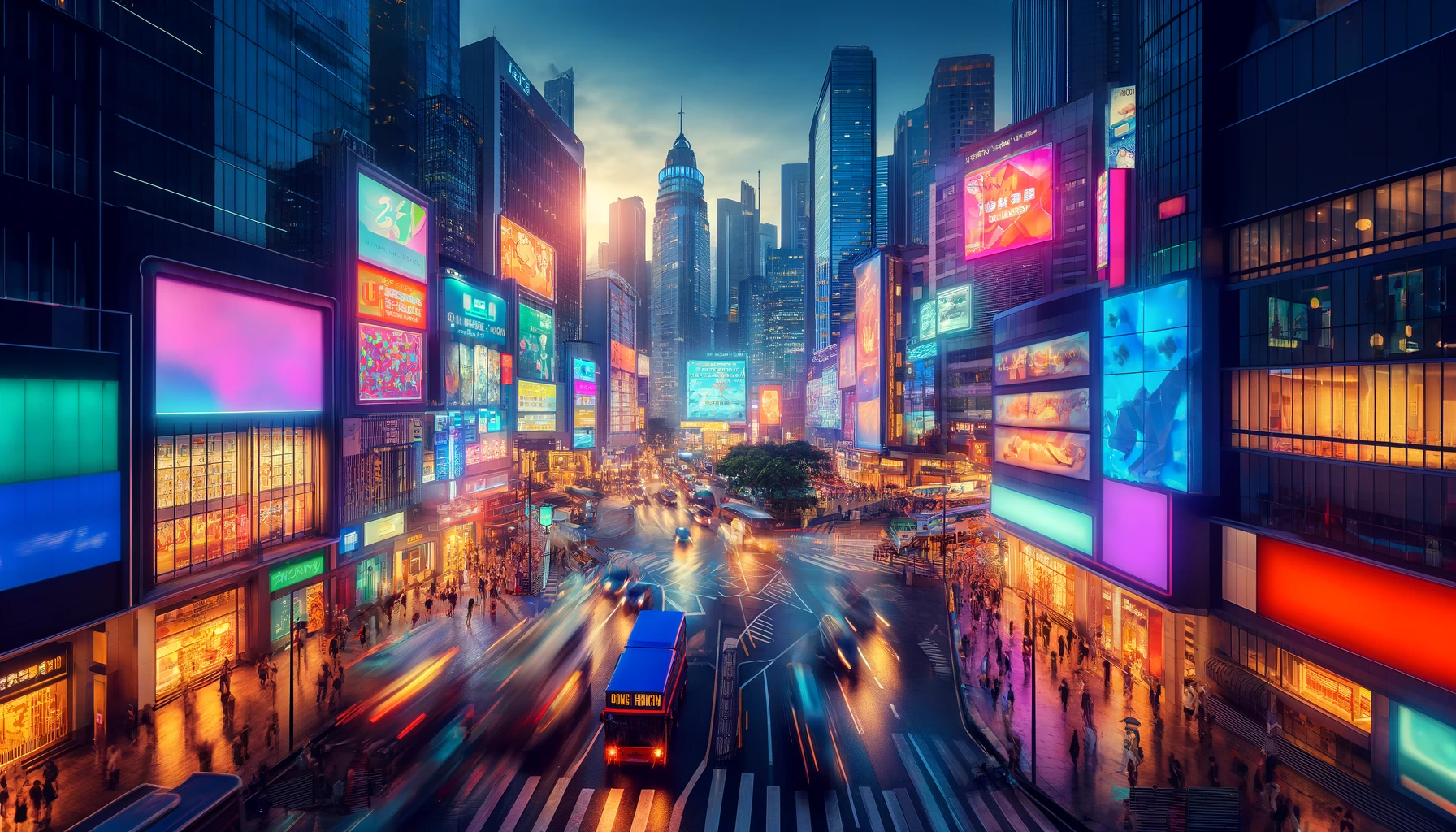Urban advertising is a dynamic field that taps into the energy and density of city environments to deliver compelling marketing messages. This article explains what urban advertising is, why it’s effective, and how businesses can leverage it to boost their visibility and engage with a broader audience.
What is Urban Advertising?
Urban advertising refers to the use of public spaces in cities to promote products or services. This can include billboards, bus wraps, digital signage, and more. Such advertising is visible in areas with high foot traffic and can be particularly influential due to the sheer number of people who see it.You can also read Digital Advertising Trucks for Sale: Revolutionizing Outdoor Marketing.
Why Choose Urban Advertising?
High Visibility
One of the main reasons to use urban advertising is its high visibility. Ads placed in urban settings are seen by thousands of people every day. This constant exposure can significantly increase brand awareness and recognition.
Targeted Audience Reach
Urban advertising allows companies to target specific demographics based on the location of their ads. For instance, ads near universities can target students, while those near business districts can appeal to professionals.
Versatility of Formats
Urban advertising offers a variety of formats to choose from, such as static posters, electronic displays, and interactive installations. This versatility ensures that businesses can find the best way to convey their message effectively.
How to Implement Effective Urban Advertising
Choosing the Right Locations
Selecting the right locations for urban advertising is crucial. High-traffic areas such as downtown streets, near landmarks, or busy transit stations are ideal. The goal is to place your advertisement where it will be seen by the maximum number of your target audience.
Designing Impactful Ads
The design of the advertisement must catch the eye quickly. Use bright colors, bold fonts, and simple, striking messages to grab attention. Since urban environments are bustling with activity, your ad needs to stand out and be understood at a glance.
Incorporating Technology
Digital urban advertising has grown in popularity due to its dynamic nature. Digital screens offer the ability to change ads quickly and can also include interactive elements that engage the audience more deeply than static images.
Challenges and Solutions in Urban Advertising
Regulatory Restrictions
Urban advertising often faces strict regulations that can vary greatly between different cities or districts. To address this challenge, businesses must ensure they understand and comply with local laws and ordinances regarding outdoor advertising.
Environmental Concerns
There is an increasing awareness of the environmental impact of advertising, particularly concerns about light pollution and energy consumption from digital displays. Companies can mitigate this by using energy-efficient LEDs and scheduling digital displays to turn off during late hours.
Maintaining Relevance
In a fast-paced urban environment, keeping ads relevant and engaging over time is essential. Regularly updating advertising content can help maintain interest and relevance.
Future Trends in Urban Advertising
Looking ahead, urban advertising is likely to become even more integrated with technology. Augmented reality, for example, offers exciting new possibilities for interactive ads that can engage consumers in novel and personal ways.
Additionally, as cities become smarter, opportunities for seamlessly integrating advertisements with other elements of the urban infrastructure, like public transport systems or smart benches, will increase. This integration promises to make urban advertising more interactive and integrated into the daily lives of city dwellers.
Conclusion
Urban advertising stands as a powerful tool for businesses looking to increase their visibility and impact. By understanding what urban advertising involves, why it’s effective, and how to employ it strategically, companies can harness the vibrant backdrop of city life to highlight their brands and captivate an urban audience.
Incorporating smart designs, choosing the right locations, and staying abreast of technological advancements will help marketers thrive in the bustling world of urban advertising. As cities continue to grow and evolve, so too will the opportunities for innovative and effective urban advertising strategies.



